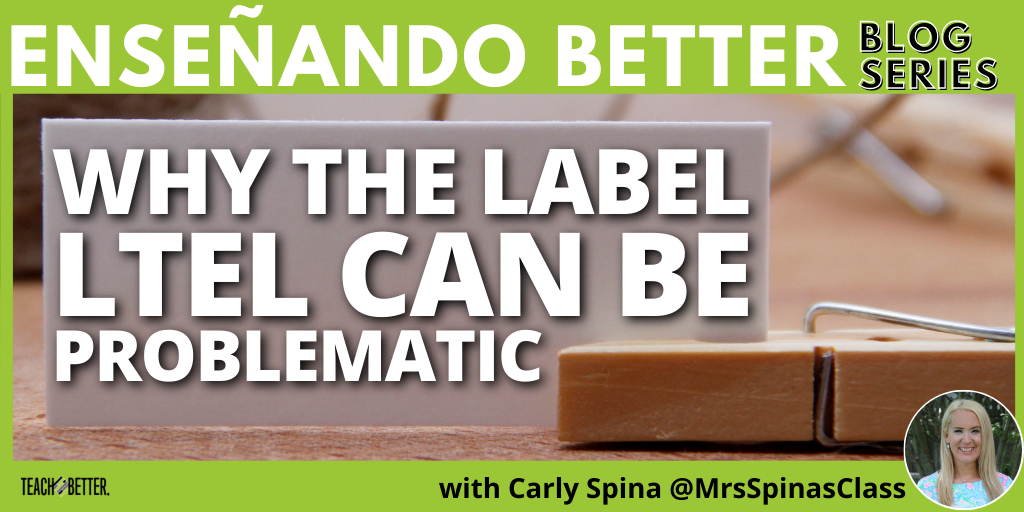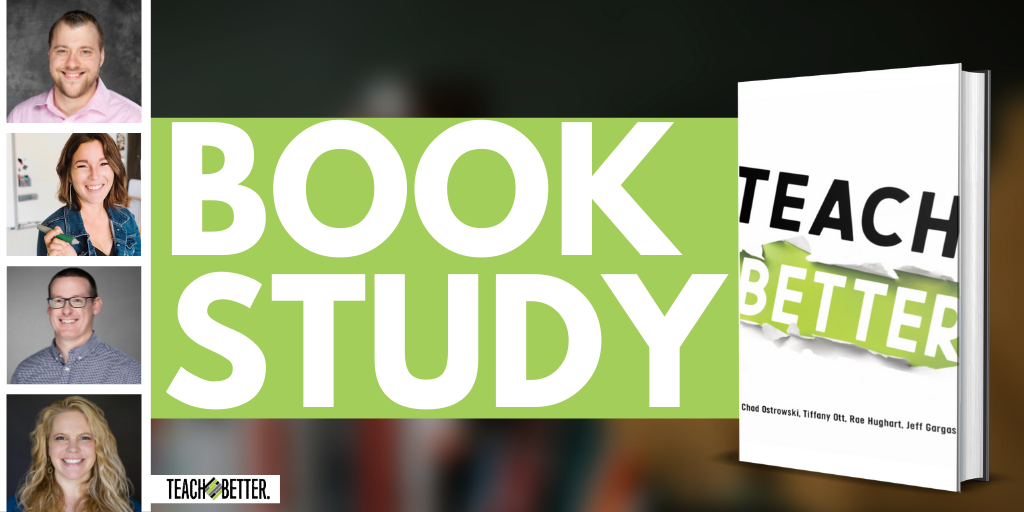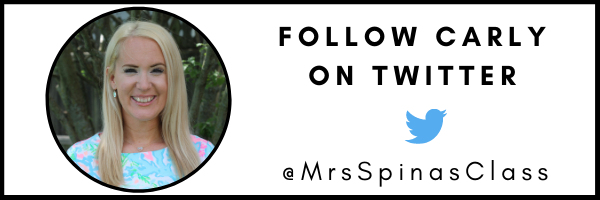TL;DR:
- Assigning labels (such as Long Term English Learner) to students can often stigmatize, otherize, or further marginalize them.
- We don’t need to fix or change our students. We need to change our systems and our mindsets.
There has been a phrase used in the multilingual education space called LTEL, or Long Term English Learner. It has come up more and more over the most recent years. I’ve even presented on the topic! It refers to a specific group of multilingual students who have been in an English Learner (EL) or Bilingual Education program for 5 years or longer without meeting the specific state’s criteria to “exit” language support services. In Illinois, we are a WIDA state, so we take the ACCESS test every winter. Currently, our state’s exit criteria is a composite score of 4.8. Because each state has its own exit criteria, this should also encourage us to reflect further on this label of LTEL.
All of the latest research assures us that truly developing deep levels of language takes closer to 7-10 years.
Why then would we assign students a(n additional) label if they take less than 7-10 years, if this is actually expected?
Assigning labels to students can often stigmatize, otherize, or further marginalize them. And for a student group who has already been historically marginalized in schools, the last thing we need is more labels.
Lists of strategies can sometimes have the potential to merely serve as band-aids if we fail to reflect on our mindsets, our own language (and labels), our biases, and our practices. Click To TweetI’ve heard many U.S. educators and leaders express a concern about a student’s level of English language proficiency when noting where the student was born. They’ll say something like, “They only have a score of ____ after ___ years, but they were born here in the U.S.” This is something for us to explore a bit further. While a student’s birthplace can have an impact on their language development, it is not the sole indicator.
Just because I was born in the U.S. does not mean I was gifted with the English language upon delivery in a U.S. hospital. Every student has a different language story and journey, regardless of where they were born. We have to dismantle the assumption that being born in the U.S. must mean that a student has to be at a particular language proficiency by a certain amount of time.
Students also have various experiences in schools.
In the Chicagoland area, for example, each school district has many variations in their language services and supports for students. Some school districts have a two-way-dual language program (a mix of 50/50 heritage language speakers of a shared language other than English, and monolingual English speakers).
Others have a one-way dual language program (all heritage speakers of a shared language, using both languages to learn content with the goal of bilingualism). Still, others have a transitional bilingual program (where there is an allocation plan that builds up to English proficiency). Others have a Transitional Program of Instruction for English Learners of all language groups.
Some districts use in-class support (such as co-teaching models or other in-class structured support) while others use strictly out-of-class support. Some use a blend.
Wow! That’s a lot of variations! If a student moves from one or two school districts during their elementary years, this has the potential to impact their language journey!
Furthermore, we have to analyze the quality of the scaffold and supports that students are receiving at the Tier 1 level. Is the content comprehensible for all, all of the time? Or are multilingual students overrepresented in Tier 2 and Tier 3 services (meaning, they may be pulled out of their grade level classrooms to receive support—which begs us to ask questions like, “What content are they missing? Are the tiered services linguistically appropriate for the student’s proficiency level? Is an EL-endorsed or EL-trained professional delivering the instruction to students?”)
The truth is we can absolutely use data to help us identify areas of growth to help students grow academically. But we can also use the same data to help us grow as educators, and to help our leadership grow our system.
Let me be clear here. We don’t need to fix or change our students. We need to change our systems and our mindsets.
And we can look at individual student language data and look for growth over time. Is there a specific domain of language where the student may appear to be plateauing? How can you maximize support and services to help boost opportunities for the student to grow in that specific domain while also elevating opportunities to grow across all other domains?
[scroll down to keep reading]If we look at student language data across our school, we can analyze where students are growing most—at which proficiency levels?
In which language domains (reading, writing, listening, and/or speaking)? What do our instructional practices look like that support growth in each language domain? These types of conversations can help us amp up our practices, and help remind all educators that we are all teachers of language, no matter what content we teach.
We often take labels like LTEL and then make lists that feature all the ways to support that student group specifically. Using data and research to drive instruction is not a bad thing as long as we are also taking our students and their passions, interests, gifts, assets, talents, and skills and also letting that drive our instruction, too. Lists of strategies can sometimes have the potential to merely serve as band-aids if we fail to reflect on our mindsets, our own language (and labels), our biases, and our practices.
About Carly Spina
Carly Spina has 15 years of experience in Multilingual Education, including her service as an EL teacher, a third-grade bilingual classroom teacher, and a district-wide EL/Bilingual/Dual Language Instructional Coach. She is currently serving educators and leaders across the state of Illinois in her role as an Education Specialist for the Illinois Resource Center. Spina has engaged in the successful co-creation of several parent outreach programs, tutoring programs for students in grades 3-5, mentoring programs for middle school students, co-teaching initiatives, and more. She is deeply passionate about equity and advocacy for multilingual learners and fights for access and inclusive opportunities for kids and families.
Spina actively fights against food insecurity in her community. She enjoys speaking at various national conferences and events and has received several awards over the years, including the Illinois Education Association Reg Weaver Human & Civil Rights Award in 2015 and the Distinguished Service Award for Excellence in the Team Category for EL Community Engagement in 2019. She was the WIDA Featured Educator in April 2019 and was named a Paul Harris Fellow in July of 2019. Spina is an active member of the EL/Bilingual community on social media and enjoys networking and growing with teachers and leaders across the country. She is currently working on her first book with EduMatch Publishing.




